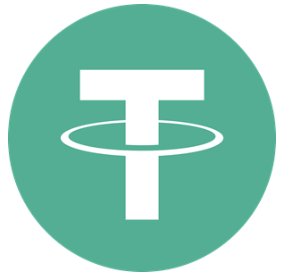
USDT (Tether) has become incredibly popular in the world of cryptocurrencies due to its stability and widespread use.
Whether you’re making peer-to-peer transactions, cross-border payments, or using it as collateral, it’s important to understand the cost of sending USDT and how to minimize those fees.
Tether (USDT) is a stablecoin that was introduced in 2014 and has gained a strong reputation for its stability and reliability. It is pegged to the value of the U.S. dollar, providing investors with a sense of security.
Tether claims to be fully backed by its reserves, which adds to its credibility. Initially built on the Bitcoin blockchain, Tether now operates on various blockchain protocols such as Ethereum, Tron, and Binance Smart Chain (BSC). This allows users to transact USDT across different networks, offering flexibility and accessibility.
As of April 2023, USDT was the third-largest cryptocurrency, with a market capitalization of nearly $80 billion. Its liquidity and stability have made it a favorite among traders and investors.
When it comes to sending USDT, the cost can vary depending on several factors. The amount of USDT being sent, network fees, and exchange fees all contribute to the overall transaction cost.
Network fees are charges imposed by the blockchain network to process a transaction. These fees are paid to miners who verify transactions and add them to the blockchain.
The calculation of network fees is typically based on the transaction’s size and the network’s congestion.
A cheap fast crypto protocol is TRON  code letters TRX
code letters TRX
 This is the symbol for USDT on the TRON protocol
This is the symbol for USDT on the TRON protocol
In conclusion, understanding the cost of sending USDT is crucial for anyone using this stablecoin. By being aware of the factors that influence the fees and implementing strategies to minimize them, you can make your USDT transactions more cost-effective.